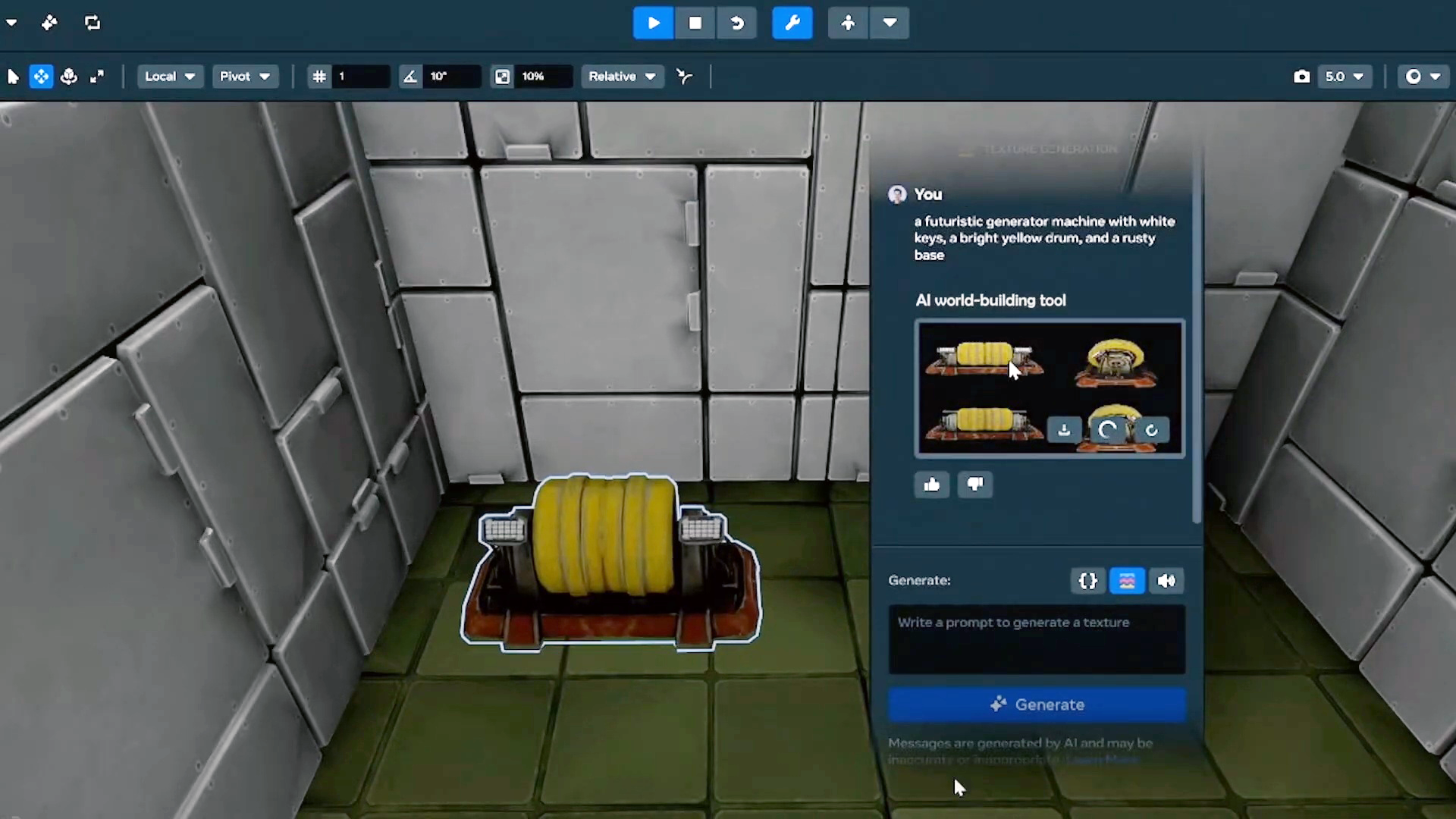Trust Is Not A Trend
The following is a guest article by Jay Nakashima, President at eHealth Exchange Trust is foundational to successful nationwide healthcare interoperability. Electronic medical records contain a treasure trove of personal information. Patients, providers, public health agencies, payers, and others must be able to implicitly trust that health information networks will ensure their information is protected […]

The following is a guest article by Jay Nakashima, President at eHealth Exchange
Trust is foundational to successful nationwide healthcare interoperability.
Electronic medical records contain a treasure trove of personal information. Patients, providers, public health agencies, payers, and others must be able to implicitly trust that health information networks will ensure their information is protected and used appropriately.
As the oldest national health information network, eHealth Exchange sees its commitment to trust and transparency as paramount to successful interoperability. We have long been leading the way on this front, and we will continue to do our part to ensure there is widespread trust and transparency in healthcare interoperability.
Trust is so important, it’s the first word of the Trusted Exchange Framework and Common Agreement™ (TEFCA™) – the federally backed, nationwide framework for health information sharing. In fact, eHealth Exchange was one of the first Qualified Health Information Networks® (QHINs™) designated under TEFCA.
A foundation of trust
Almost 20 years ago, eHealth Exchange was born out of the Department of Health and Human Services’ (HHS) efforts to establish standards, processes, and protocols for complete nationwide interoperability.
Having evolved into a fully independent, non-profit organization dedicated to the public good, eHealth Exchange has built our reputation based on trust, open governance, and transparency.
Defining trust
To join eHealth Exchange, all participants must adhere to the same terms through a standardized agreement for trusted exchange called the Data Use and Reciprocal Support Agreement (DURSA). Because it was the first of its kind, the DURSA underwent a seven-year, multi-stakeholder development and review process. This comprehensive legal agreement establishes trust among participants exchanging data by ensuring—among other things—that every participant is playing by the same rules.
While articulated as a contract, the DURSA provides a framework for broad-based information exchange among a set of trusted entities who wish to query and retrieve or push data to others in the network(s).
Amplifying oversight and governance
eHealth Exchange has adopted a participatory approach to our governance. Our Coordinating Committee – which has existed since our inception and includes participants from federal agencies, health systems, HIEs/HINs, payers, and others – provides governance, oversight, management, and support of our trust framework for all eHealth Exchange network participants.
The network is not beholden to shareholders, investors, or vendors and decisions are made to benefit health outcomes, not to generate profit.
Ensuring transparency
True to our federally established roots, eHealth Exchange remains committed to complete transparency with our participants and others. We are an open book, publicly sharing our pricing, policies, agreements, webinars, and other information on our website.
As part of this commitment, we don’t store patient data, track patient movements, or use or disclose patient data for secondary purposes. This makes us a less attractive target for cyber-criminals. Our purpose is to ensure health information gets from point A to point B as quickly, efficiently, and securely as possible.
Creating the next-level standards for trust
The health data interoperability landscape is continuously evolving, and eHealth Exchange takes pride in serving as a key driver of improvement to policies and protocols.
As such, we have, and will continue to, identify new opportunities for enhancing the standards of trust and security we deliver to our participants, providers, and patients nationwide.
We understand that maintaining trust requires ongoing commitment. Here are some of the actions we have taken in the past year to bolster trust in health data exchange.
1. Updated Application and Vetting Processes
One of the best ways to ensure proper use of health information is to permit network access by only qualified participants.
We’ve updated our application questions and requirements to get a better sense of why and how applicants want to join eHealth Exchange. This includes requesting information about the organization’s use cases, particularly when, why, how, and by whom data will be requested. Each participant is required to further attest to that information on an annual basis.
We’ve also improved our onboarding process to provide education on key terms, such as “care coordination” or “purpose of use,” to ensure applicants fully understand the standards they are agreeing to comply with.
2. Active Network Monitoring and Reciprocity
Particularly as technologies and healthcare delivery models evolve, it can be challenging to ensure consistent interpretations and expectations for data exchange, even when using common terminology.
Complete healthcare data interoperability also requires participants to easily request and share data. The DURSA specifically requires participants that request data for treatment purposes to respond to other participants’ requests for treatment purposes, unless doing so conflicts with applicable law. We believe that reciprocity and trust go hand in hand by ensuring that, to receive, you must also be willing to give.
We have increased active monitoring of network transactions to ensure reciprocity and to identify unexpected transaction patterns that might not align with anticipated exchange. With eHealth Exchange’s dashboards and monitoring systems, we can quickly identify, investigate, and address any anomalous network activity.
3. Enhanced Message Tracking
People rarely answer phone calls from unlisted numbers. Similarly, we don’t expect our participants to share data without knowing who is requesting it.
Our operating policies establish refined requirements for transactions and directory listings to ensure participants can clearly identify the specific entity that is requesting data via eHealth Exchange’s network. We see this as a vital piece to our commitment to transparency, and it helps minimize the likelihood that someone would request information improperly.
4. Addressing Participant Concerns
Finally, we’ve updated our review process for addressing any participant concerns, complaints, or issues.
We have a clearly defined, six-step dispute-resolution process that defines how complaints are filed, how notice is submitted, response timelines, review procedures, potential sanctions, and final resolution.
Our work is never done
Trust may be trendy, but it is more than just a fad.
It may have trended in headlines during 2024, but trust is, and always has been, a fundamental value of eHealth Exchange. It’s not trivial and it’s not for faint for heart. It takes hard work with multi-stakeholder input and constant attention to maintain and cultivate.
Our mission is to improve patient care, reduce costs, streamline disability benefit claims, and improve public health capabilities through secure, trusted, and interoperable health information exchange.
eHealth Exchange believes this requires a commitment to evaluating and implementing measures that drive greater trust within our network. We will continue to identify new standards and processes as interoperability evolves and to serve as a model for the industry.
 About Jay Nakashima
About Jay Nakashima
Jay Nakashima leads eHealth Exchange, the nation’s largest health information network which operates in all 50 states. Incubated by the U.S. Department of Health and Human Services as an ASTP/ONC initiative, eHealth Exchange is now an independent non-profit health technology firm dedicated to the public good.
Over the past 30+ years Jay Nakashima has designed and implemented EHRs, optimized clinical workflow, and spearheaded data exchange. Jay has worked for health IT vendors, providers, payers, and now leads eHealth Exchange, the nation’s oldest and largest health information network and designated Qualified Health Information Networks® (QHINs™) under TEFCA™. Recognized for certified data quality, trusted governance, transparency, and its commitment to privacy, eHealth Exchange facilitates the secure exchange of patient records for more than 300 million patients and processes roughly 25 billion data exchanges annually.

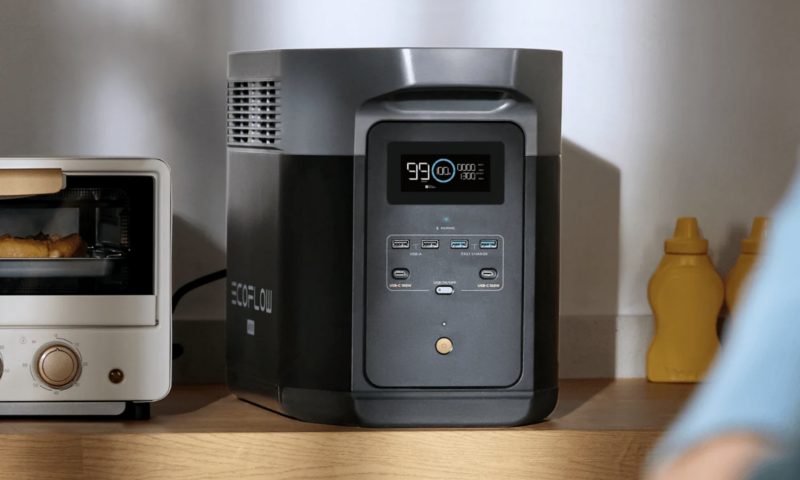




















































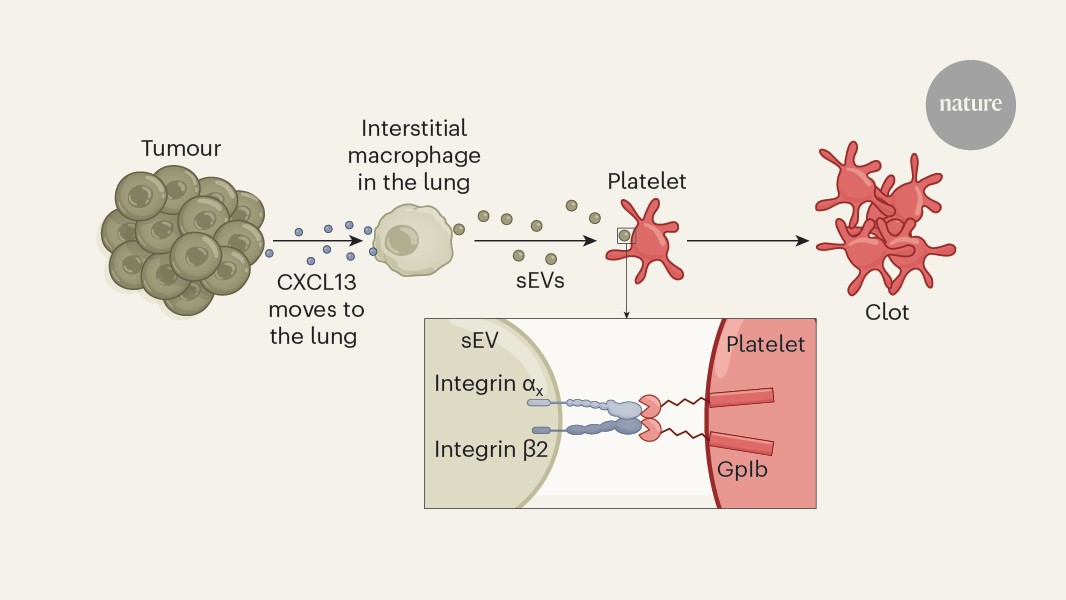




































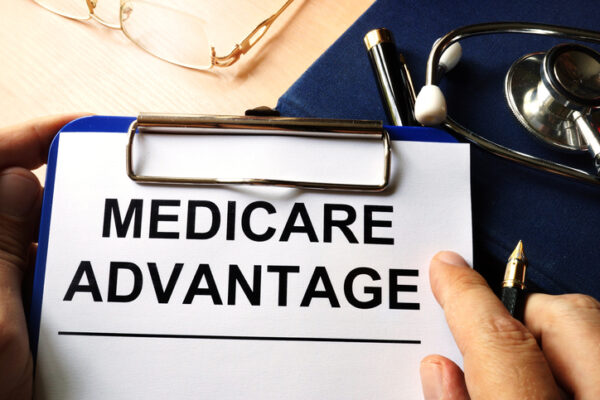
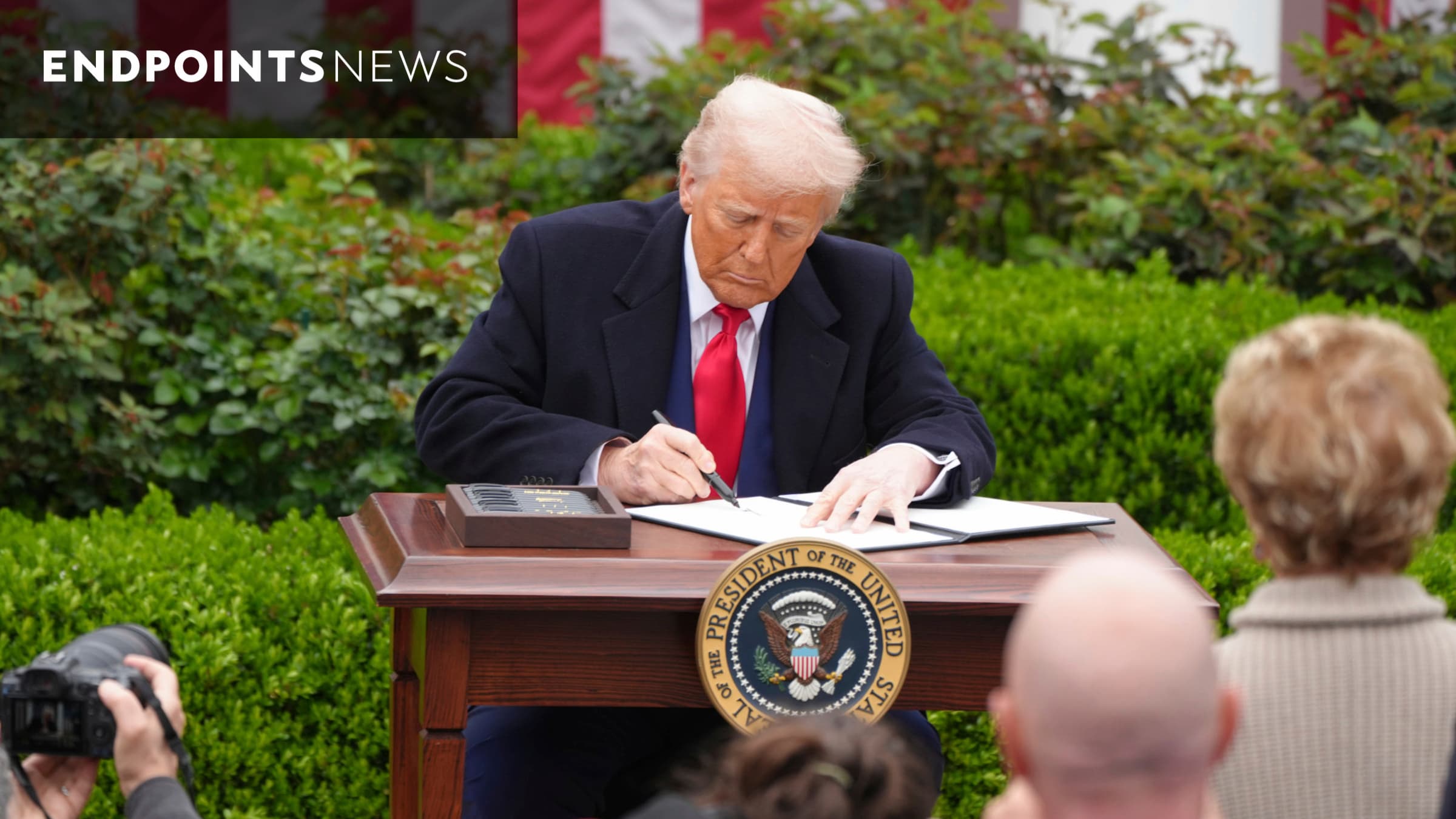



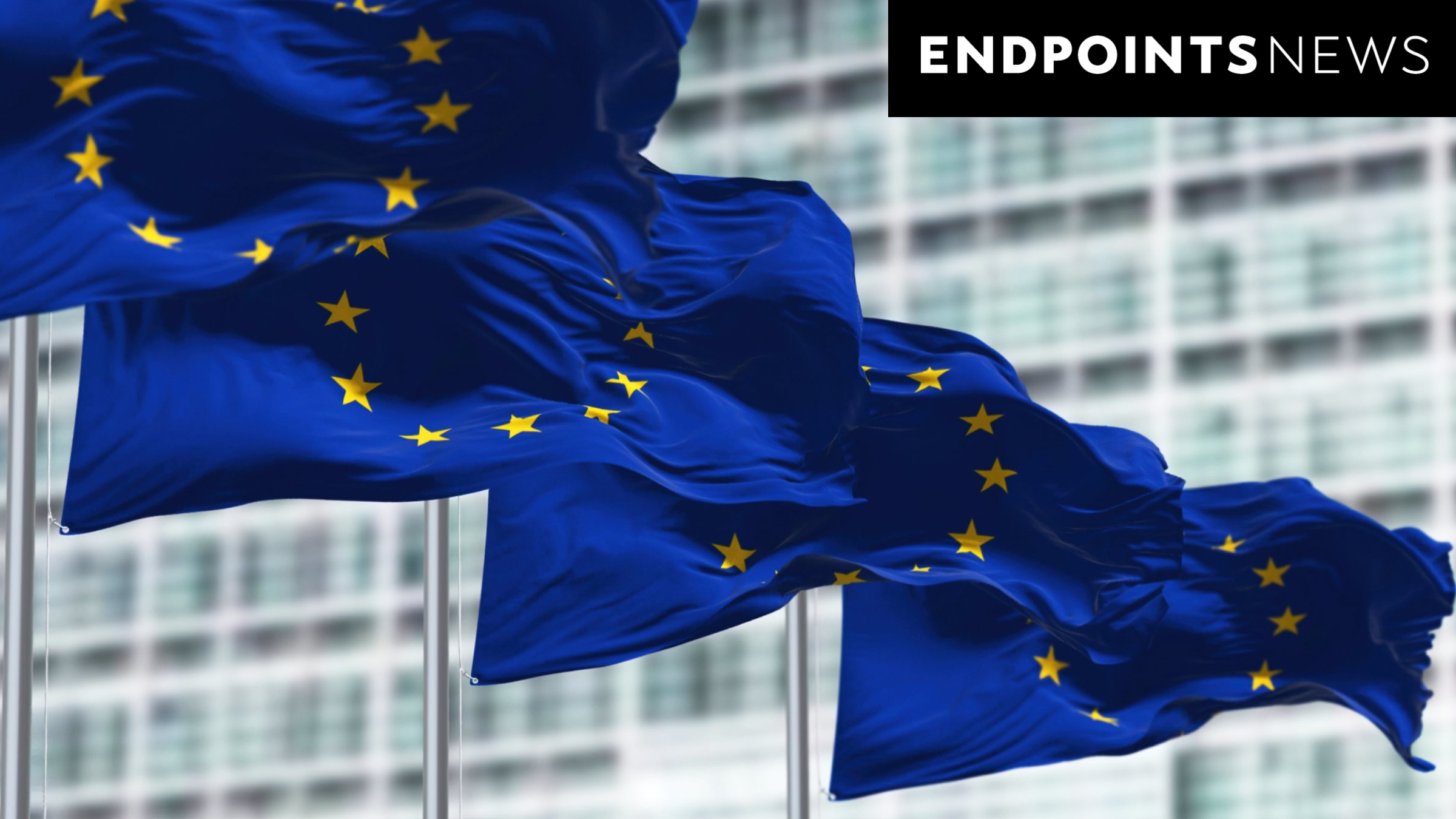
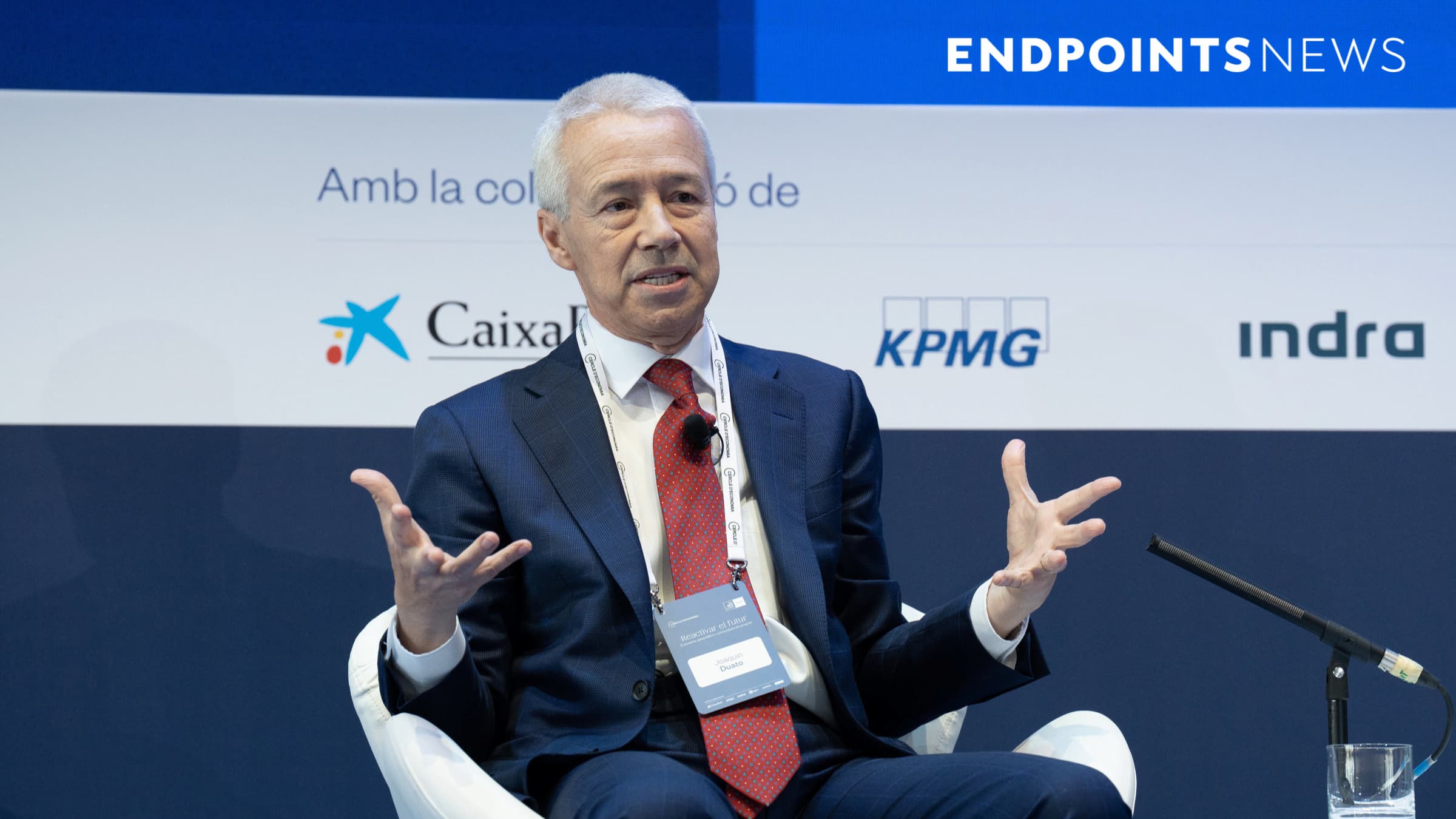

























![The breaking news round-up: Decagear launches today, Pimax announces new headsets, and more! [APRIL FOOL’S]](https://i0.wp.com/skarredghost.com/wp-content/uploads/2025/03/lawk_glasses_handson.jpg?fit=1366%2C1025&ssl=1)



